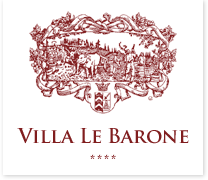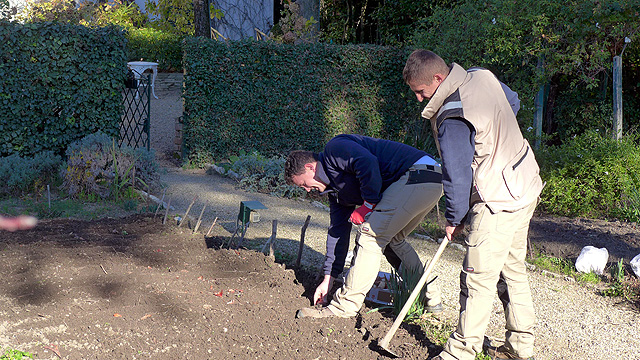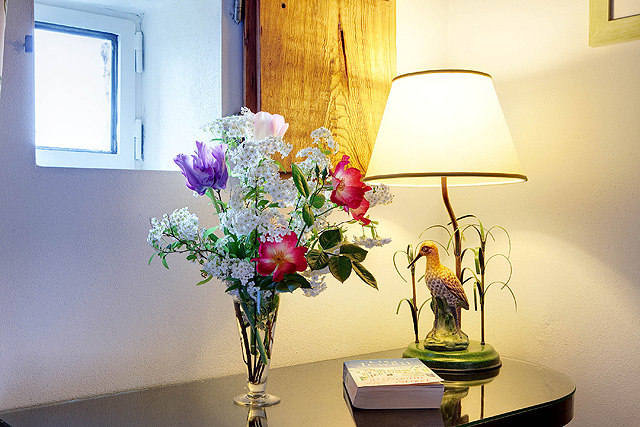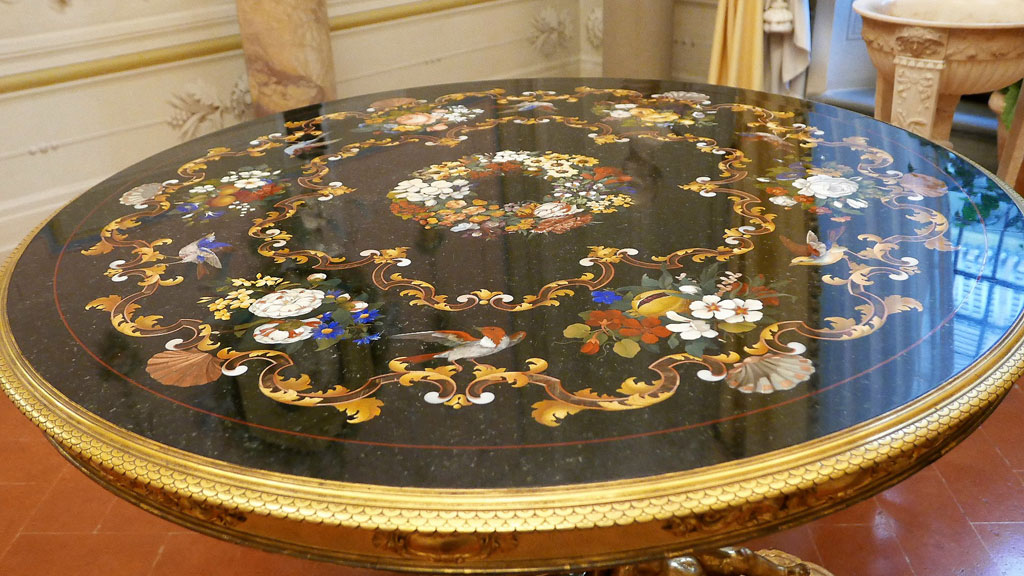
The art of hard stones (Pietre Dure), dates back to the 16th century, and was developed in Florence and Tuscany under the impetus of the Medici family. Today the fascinating but unfortunately too little known Museum of the Opificio Delle Pietre Dure presents the history and the techniques used for this “Art of Stone painting” as well as examples of these art works.
The art of hard stones is to use semi-precious stones of different colors, finely polished, cut and adjusted, to create images, as in marquetry but using minerals instead of wood. The pieces of stone are glued piece by piece on a support to form tables, decorative panels, cabinets … “Stone painting”, such was the name of this technique, able, as painting, to represent the most varied subjects: geometric drawings, landscapes, flowers, birds…
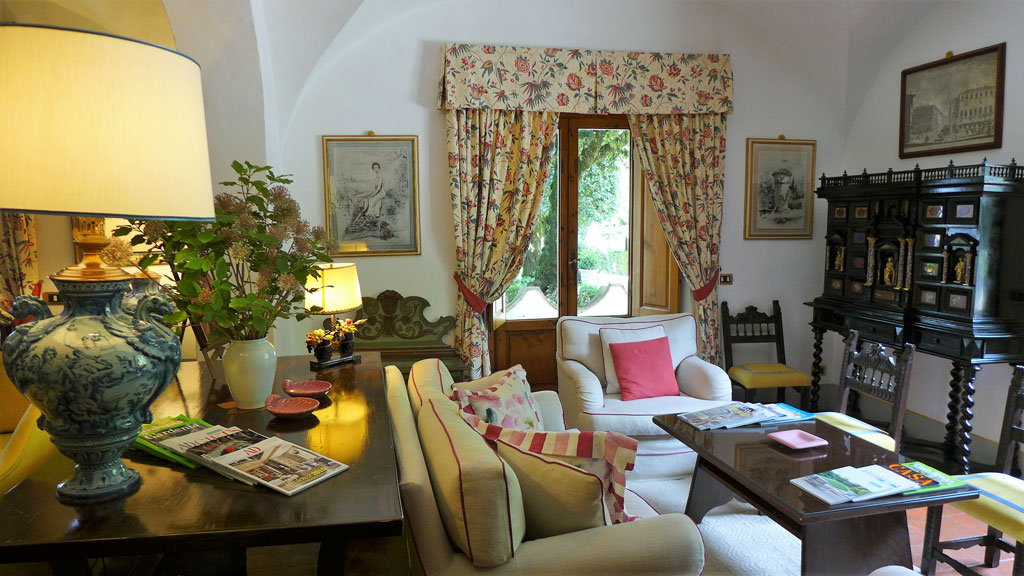
The art of hard stones was inspired by the ancient Roman “opus sectile”, a technique where marble and other stones with geometrical and figurative designs were cut and inlaid in the the floors and walls of Roman buildings. However, it was in the 16th century that the art of art stones developed, first in Rome and then in Florence, where the Medici gave it its full dimension. The Grand Duke Ferdinand I of Medici, who in 1588 created a factory specializing, specializing in the cutting and intaglio of hard stones, and that remained active for more than three centuries which has now become the “Museum of the Opificio delle Pietre Dure “, a small but unique museum in that it traces the history of a fascinating aspect of this Florentine art. In the entrance courtyard of the museum you can still see the stones that Ferdinand I had brought from Tuscany, Sicily, but also from many other countries known then, Bohemia, Persia, India … On the ground floor, one can admire the different aspects of this art from the 16th to the 19th century, and on the first floor, the hundreds of samples of semi-precious stones, and the superb workbenches used to cut, carve, polish the different pieces that will compose the tables, paintings, cabinets.
We are happy to have in one of the lounges at Villa le Barone a hard stone cabinet from the 17th century, secret cabinet that was used to hide the silver coins! And during your stay in Tuscany, visit the Museum of Opificio Delle Pietre Dure. (www.opificiodellepietredure.it)
